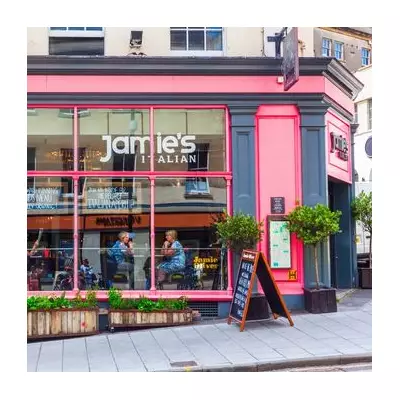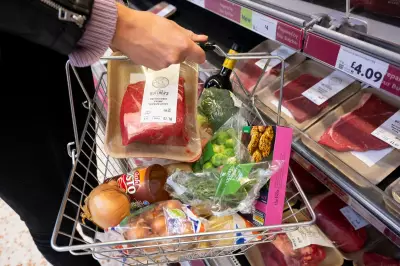
Drivers faced travel chaos on one of Britain's busiest motorways today as an emergency closure on the M6 sparked massive delays and gridlocked traffic stretching for miles.
Motorway Mayhem in Cheshire
The critical incident unfolded between junctions 16 and 18 of the northbound carriageway, where authorities were forced to implement a full closure following an ongoing police incident. The shutdown created a perfect storm of disruption during peak travel hours, with congestion rapidly building to over 10 miles in length.
National Highways issued an urgent alert to motorists, warning of significant delays and advising drivers to avoid the area entirely if possible. The closure has created a domino effect across the region's road network, with surrounding A-roads and alternative routes becoming increasingly congested as drivers seek detours.
Traffic Standstill and Growing Queues
Live traffic monitoring systems showed stationary vehicles stretching back past junction 15, with average speeds dropping to just 5 mph in the worst-affected sections. The southbound carriageway, while remaining open, has also experienced slower traffic as rubbernecking drivers slow to observe the police activity.
Emergency services remain at the scene dealing with the incident that prompted the unprecedented closure. Travel experts are predicting delays of over 90 minutes for those caught in the backlog, with recovery expected to take several hours even after the motorway reopens.
Alternative Routes and Travel Advice
Motorists are being directed to follow the solid triangle diversion route, which takes traffic off the M6 at junction 16 and guides vehicles along the A500 before rejoining at junction 18. However, these alternative roads are now experiencing their own significant congestion as they struggle to absorb the excess traffic volume.
Travel updates suggest the disruption will continue to affect evening commuters and commercial traffic, with freight vehicles particularly impacted by the extended delays. National Highways is urging drivers to allow extra journey time and consider postponing non-essential travel through the affected region.




